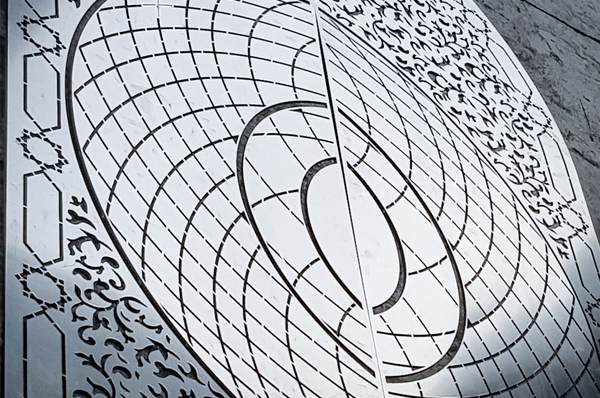A Deeper Look At Laser Cutting Technology

Laser cutting technology has, over the years, become a transformative force across various industries. From precision manufacturing to intricate artistry, it offers remarkable capabilities that extend beyond what meets the eye. I hope this journey will take you a deeper look at the core principles and inner workings of laser cutting, unveiling the intricate details that make it an indispensable tool for modern engineering, design, and fabrication. See over here to get info about the role of laser cutting service.
The power of light:
At the heart of laser cutting is, quite literally, the power of light. Lasers are devices that produce intense beams of coherent light. The term “laser” stands for “Light Amplification by Stimulated Emission of Radiation.” This intense, focused light energy forms the basis of laser cutting technology. It’s the beam that does the cutting, with precision that rivals traditional cutting methods.
Types of lasers:
There are several types of lasers used in laser cutting, each with distinct properties and applications. The most common types include CO2 lasers, fiber lasers, and neodymium-doped yttrium aluminum garnet (Nd:YAG) lasers. CO2 lasers are versatile and work well with non-metallic materials, while fiber lasers are known for their efficiency with metals. Nd:YAG lasers are capable of cutting a wide range of materials, making them a preferred choice for specific applications.
The cutting process:
The laser cutting process is surprisingly straightforward. The focused laser beam heats the material’s surface to its melting point. A high-pressure assist gas, typically nitrogen or oxygen, is used to blow away the molten material, creating a cut. The key to precision lies in the control of the laser’s intensity, focus, and movement, as well as the choice of assist gas.
Cutting Materials:
Laser cutting technology can tackle an impressive variety of materials. From metals and plastics to wood and textiles, the choice of material is broad. The right laser and settings, along with knowledge of the material’s properties, can result in clean and precise cuts.
Industrial Automation:
Modern laser cutting machines often integrate with robotic systems and automation. This streamlines the production process, enabling high-speed, uninterrupted cutting. Automation also ensures that the precision remains consistent throughout large production runs.




